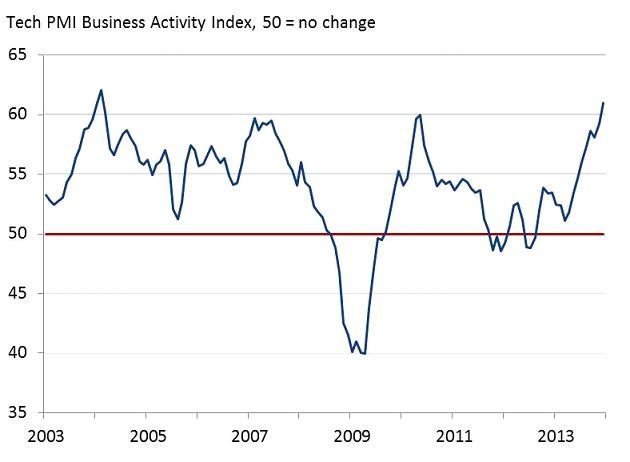
Workplace safety has been in the spotlight lately for a number of reasons. Every major accident is bad publicity, and they bring health and insurance costs that firms would like to avoid. Poor workplace safety erodes morale, productivity and could have disastrous consequences for your workers. All of this explains why businesses are using every tool at their disposal to improve workplace safety. Let’s take a deeper look at the impact of technology on workplace safety.
Big Data and the Internet of Things
Big Data refers to the masses of data collected about everything from web searches to manufacturing equipment performance data. The Internet of Things involves a network of sensors and monitors that monitor everything and send it back to data storage hubs where it is mined.
This data is being used to identify factors that affect the implementation and performance of safety products. This reduces the amount of time taken up in enforcement and allows for more time to train and maintain. Cameras and sensors worn by employees add to the data collected and provide more information about accidents and near-misses so that they can be prevented in the future.
Digital Safety Training
Online training is increasingly popular for a number of reasons. Human Resources can assign training modules based on job descriptions, and people can take the training when it fits their schedule. Those at remote sites or in the field can watch lectures and get credit without disrupting operations. The system records completion of mandatory training, making audits far easier.
Trainers can determine how often training should be given, and it can reduce their need to travel to provide said training. These same tools can be used to hold records of accidents and injuries and document that people took training as part of the corrective action plan. Employers can analyze the data to determine who is not taking the mandatory training and determine if certain training programs or training intervals are more effective than others.
Light Curtain Technology
Safety light curtains are better than nearly every other hazardous machinery safeguard around. They provide freedom and flexibility while offering better protection of personnel. They don’t get in the way of operations the way solid guards do, simplifying tasks like machinery setup and maintenance.
Because it doesn’t have to be moved out of the way to do these tasks, personnel can work faster and aren’t worn out as quickly. A safety light curtain uses LEDs that detect faults and shut down equipment when a potentially dangerous condition is detected. They meet OSHA and ANSI standards for control reliability, because they will shut everything down if there is a possible problem with the safety system itself.
Wearable Technology
Wearable technology is starting to be used to monitor the health of employees on the job as well as gauge their health off the clock. Monitoring movements like twisting and bending make it easier to analyze work processes so they can be modified to reduce the risk of repetitive stress injuries. Tracking indicators like breathing, posture and the surrounding atmospheric condition could lead to people being rescued before situations are life-threatening. Hard hats are being constructive with built-in cameras and impact sensors, and the potential applications of this technology are just starting to be explored.
Technology is altering how businesses train their employees. It also opens the door to data-driven changes in operations to improve workplace safety.
About the author:
Veselina Dzhingarova, the co-founder of www.esbo.ltd, currently works as a branding and marketing consultant, bringing together the knowledge and intuition that she has developed over many years spent working in relevant fields. Veselina is a regular contributor at many online publishers. She is the co-founder of Dzhingarov, BlogForWeb, He
Contributed content
This is an article provided by our partners network. It might not necessarily reflect the views or opinions of our editorial team and management.

Founder Dinis Guarda
IntelligentHQ Your New Business Network.
IntelligentHQ is a Business network and an expert source for finance, capital markets and intelligence for thousands of global business professionals, startups, and companies.
We exist at the point of intersection between technology, social media, finance and innovation.
IntelligentHQ leverages innovation and scale of social digital technology, analytics, news, and distribution to create an unparalleled, full digital medium and social business networks spectrum.
IntelligentHQ is working hard, to become a trusted, and indispensable source of business news and analytics, within financial services and its associated supply chains and ecosystems





























